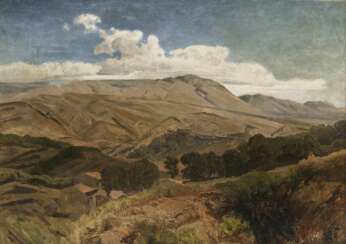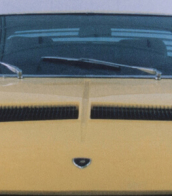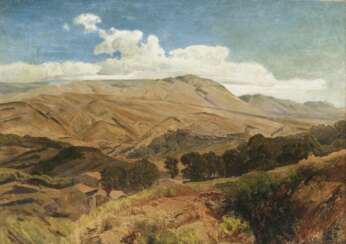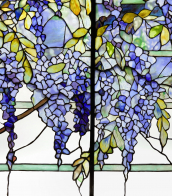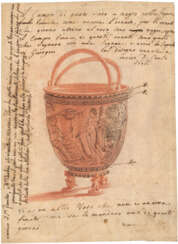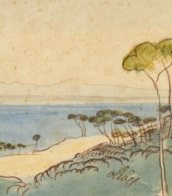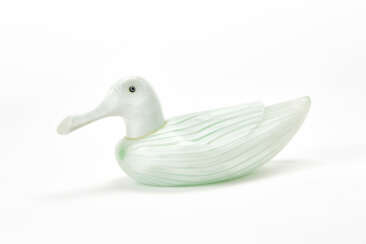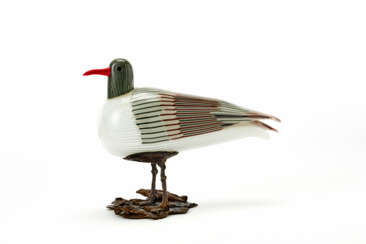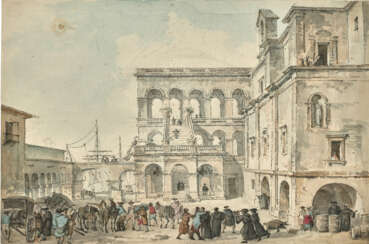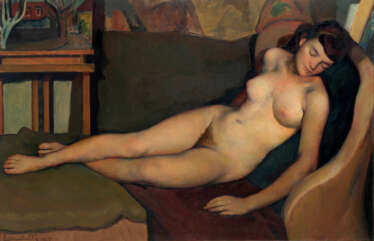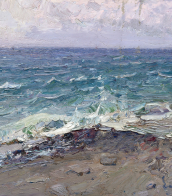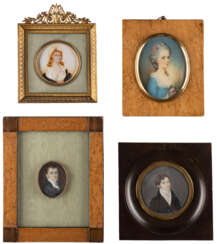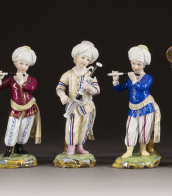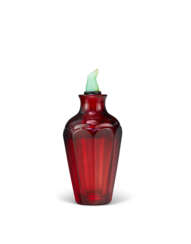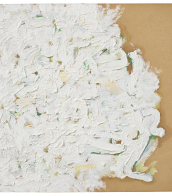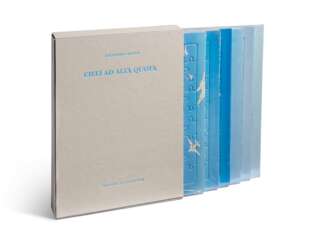vito d&
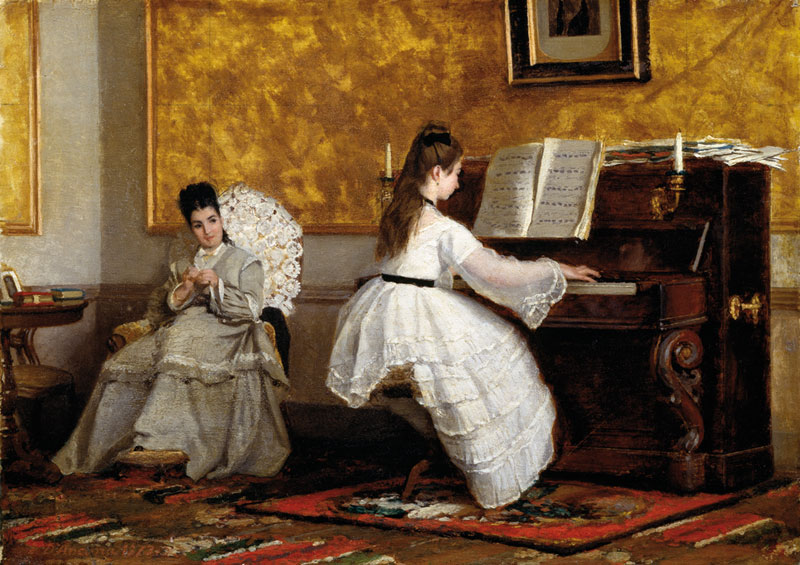
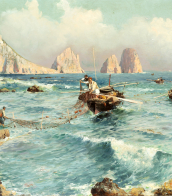
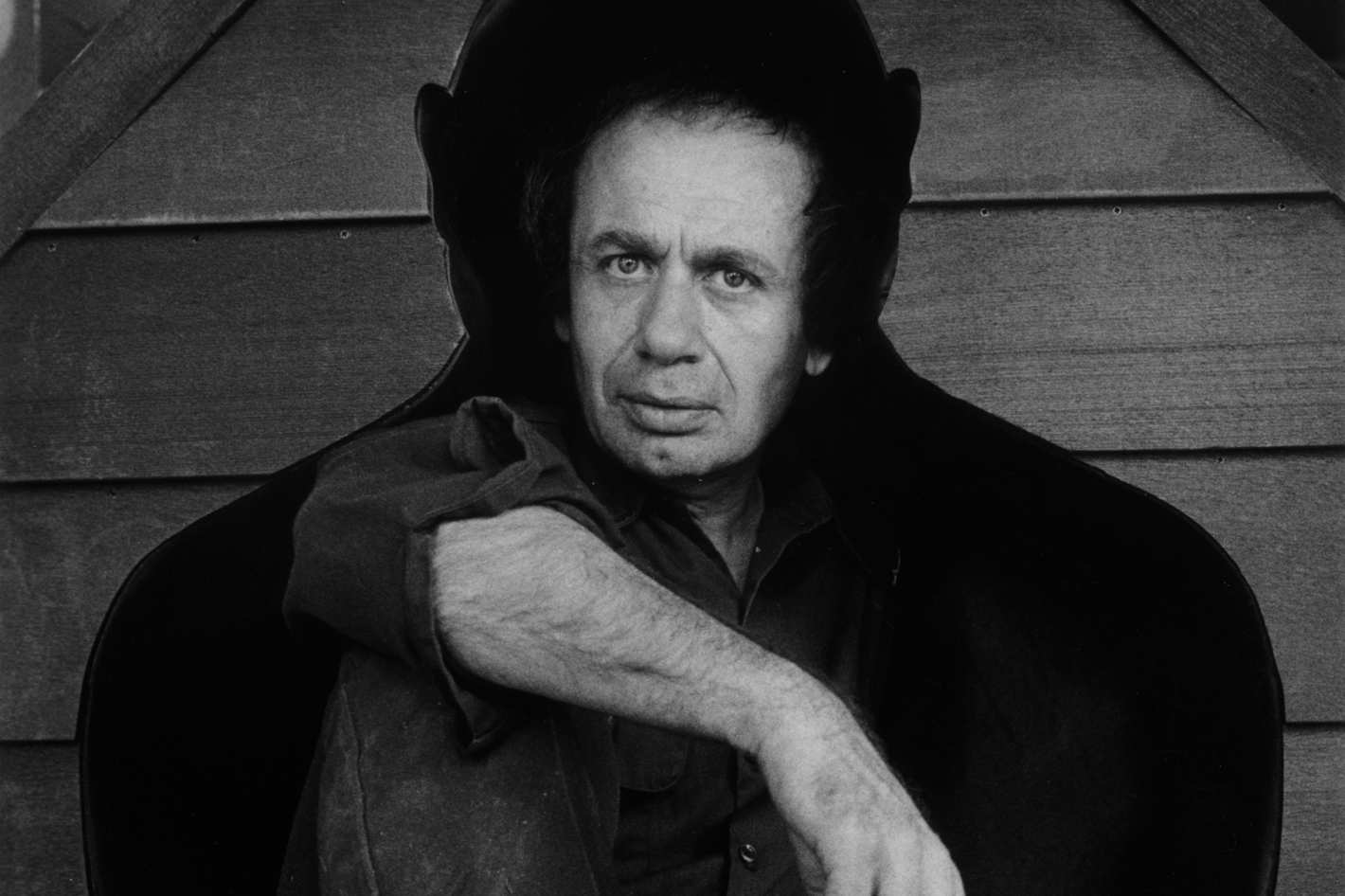
Vito Acconci was an American artist, designer, and architect. He is best known for his pioneering work in the field of performance art and for his provocative installations that explore the relationship between the human body and space.
Acconci received a Bachelor of Arts degree from Holy Cross College in 1962. He later earned a Master of Fine Arts degree from the University of Iowa.
In the late 1960s and early 1970s, Acconci became known for his groundbreaking performance works, which often involved the artist subjecting his own body to various forms of physical and psychological stress.
In the 1980s and 1990s, Acconci shifted his focus to installation art, creating immersive environments that challenged viewers' perceptions of space and their own bodies. He also worked as a designer and architect, creating public sculptures and buildings around the world.
Acconci's work has been exhibited in major museums and galleries worldwide, including the Museum of Modern Art in New York and the Venice Biennale. He received numerous awards and honors for his contributions to contemporary art, including the Skowhegan Medal for Sculpture in 1995.
His legacy as an influential and provocative artist continues to be felt in the contemporary art world today.
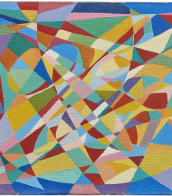

Vito Acconci was an American artist, designer, and architect. He is best known for his pioneering work in the field of performance art and for his provocative installations that explore the relationship between the human body and space.
Acconci received a Bachelor of Arts degree from Holy Cross College in 1962. He later earned a Master of Fine Arts degree from the University of Iowa.
In the late 1960s and early 1970s, Acconci became known for his groundbreaking performance works, which often involved the artist subjecting his own body to various forms of physical and psychological stress.
In the 1980s and 1990s, Acconci shifted his focus to installation art, creating immersive environments that challenged viewers' perceptions of space and their own bodies. He also worked as a designer and architect, creating public sculptures and buildings around the world.
Acconci's work has been exhibited in major museums and galleries worldwide, including the Museum of Modern Art in New York and the Venice Biennale. He received numerous awards and honors for his contributions to contemporary art, including the Skowhegan Medal for Sculpture in 1995.
His legacy as an influential and provocative artist continues to be felt in the contemporary art world today.


Vito Acconci was an American artist, designer, and architect. He is best known for his pioneering work in the field of performance art and for his provocative installations that explore the relationship between the human body and space.
Acconci received a Bachelor of Arts degree from Holy Cross College in 1962. He later earned a Master of Fine Arts degree from the University of Iowa.
In the late 1960s and early 1970s, Acconci became known for his groundbreaking performance works, which often involved the artist subjecting his own body to various forms of physical and psychological stress.
In the 1980s and 1990s, Acconci shifted his focus to installation art, creating immersive environments that challenged viewers' perceptions of space and their own bodies. He also worked as a designer and architect, creating public sculptures and buildings around the world.
Acconci's work has been exhibited in major museums and galleries worldwide, including the Museum of Modern Art in New York and the Venice Biennale. He received numerous awards and honors for his contributions to contemporary art, including the Skowhegan Medal for Sculpture in 1995.
His legacy as an influential and provocative artist continues to be felt in the contemporary art world today.
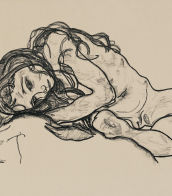

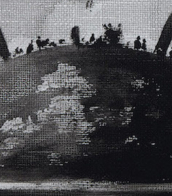
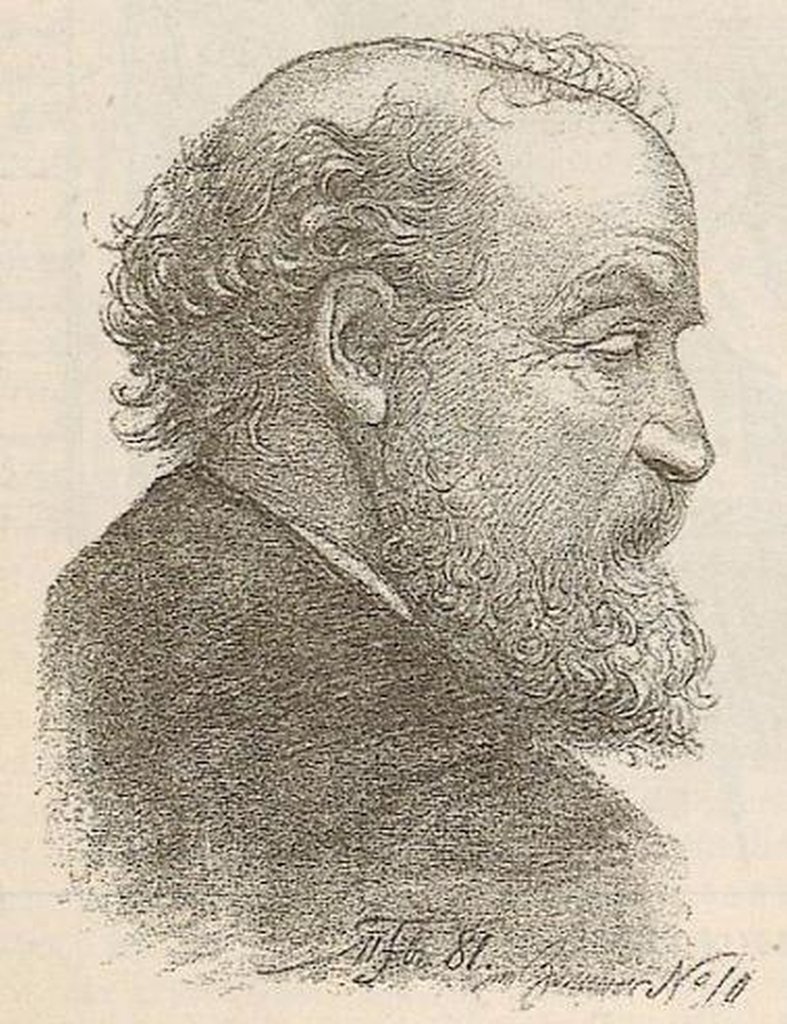
Johann Georg Valentin Ruths was a German painter of the second half of the nineteenth and early twentieth centuries. He is known as a landscape painter.
Ruths painted a variety of natural landscapes, including forests, mountains, plains, desert places and villages. He most often depicted the lower Elbe River, as well as Italian and Swiss vistas. His paintings, imbued with an elegiac mood, are still popular in Germany and are common in galleries and private collections. Some of his famous works are "Evening in the Sabine Mountains", "North German Oak Tree", "The Grave of a Rich Man on the Baltic Coast", "The First Spring Day", "Misty Morning in the Forest" and others.
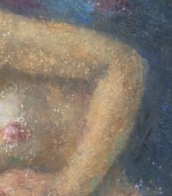
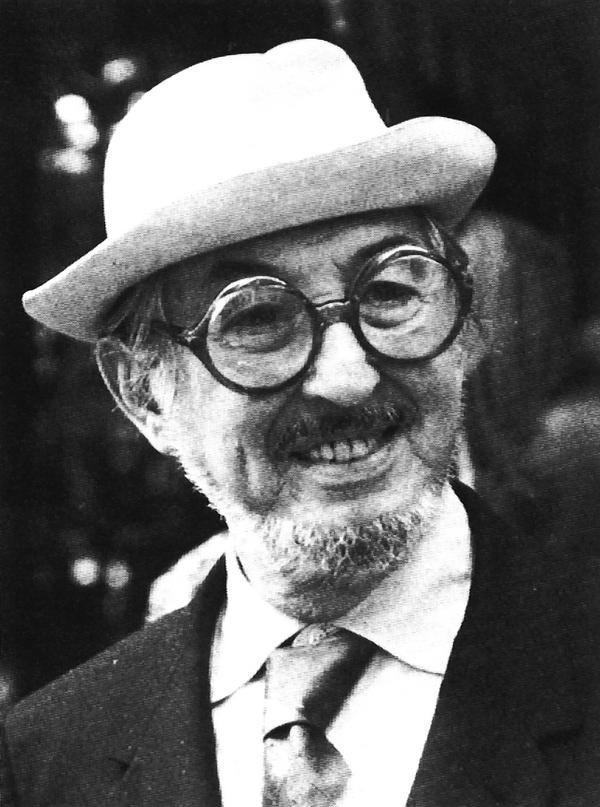
Carlo Scarpa was an Italian architect, influenced by the materials, landscape and the history of Venetian culture, and by Japan. Scarpa translated his interests in history, regionalism, invention, and the techniques of the artist and craftsman into ingenious glass and furniture design.
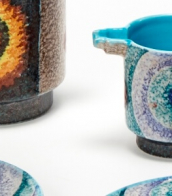
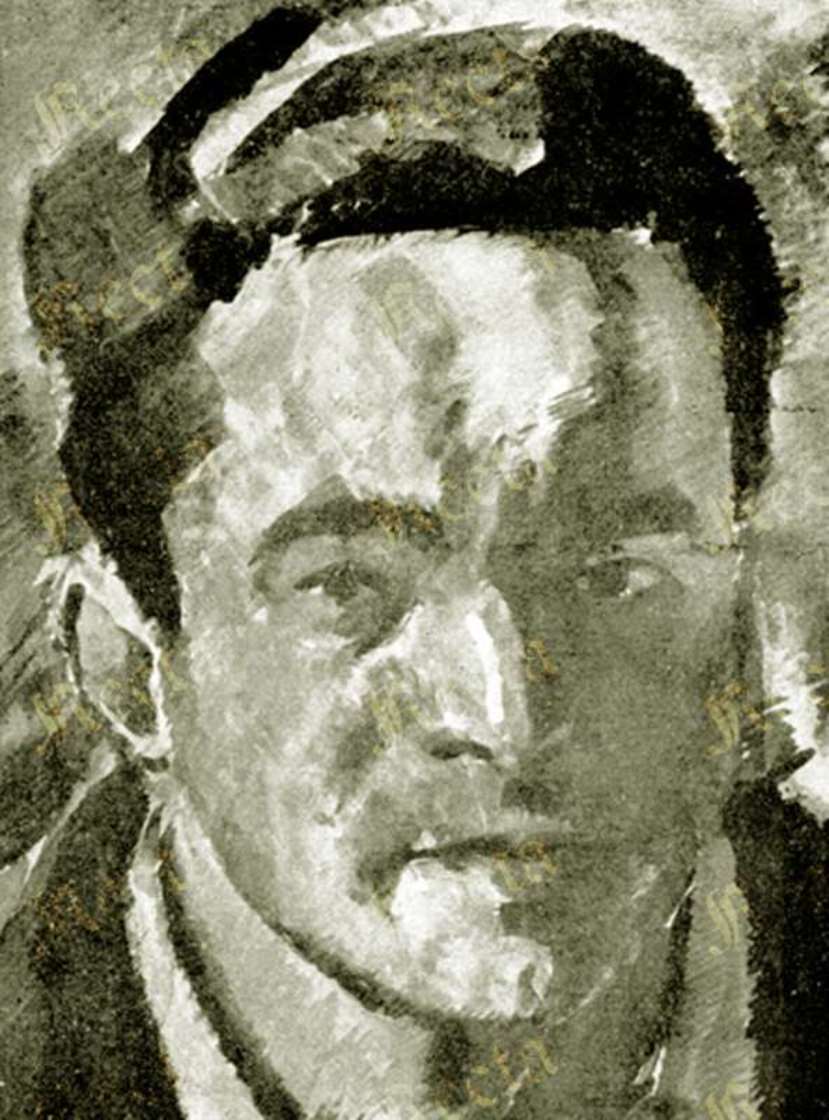
Eugenio Chiostri was an Italian painter and illustrator.
He painted still lifes, landscapes and portraits, domestic and religious scenes.

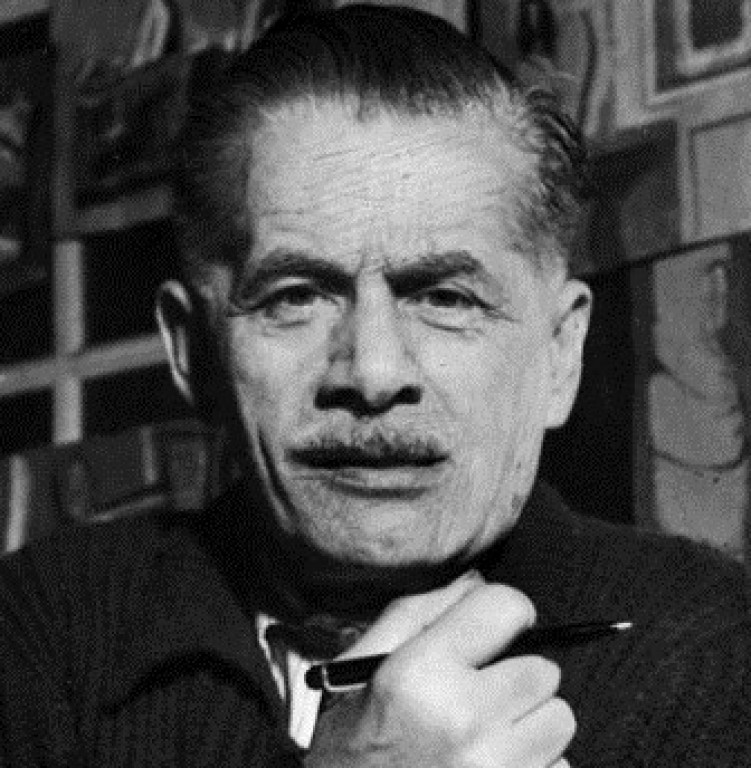
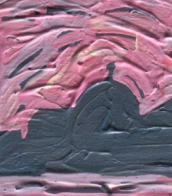
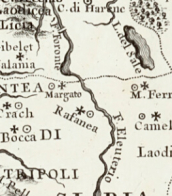

Johann Georg Valentin Ruths was a German painter of the second half of the nineteenth and early twentieth centuries. He is known as a landscape painter.
Ruths painted a variety of natural landscapes, including forests, mountains, plains, desert places and villages. He most often depicted the lower Elbe River, as well as Italian and Swiss vistas. His paintings, imbued with an elegiac mood, are still popular in Germany and are common in galleries and private collections. Some of his famous works are "Evening in the Sabine Mountains", "North German Oak Tree", "The Grave of a Rich Man on the Baltic Coast", "The First Spring Day", "Misty Morning in the Forest" and others.
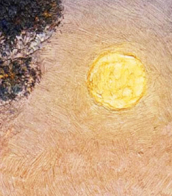
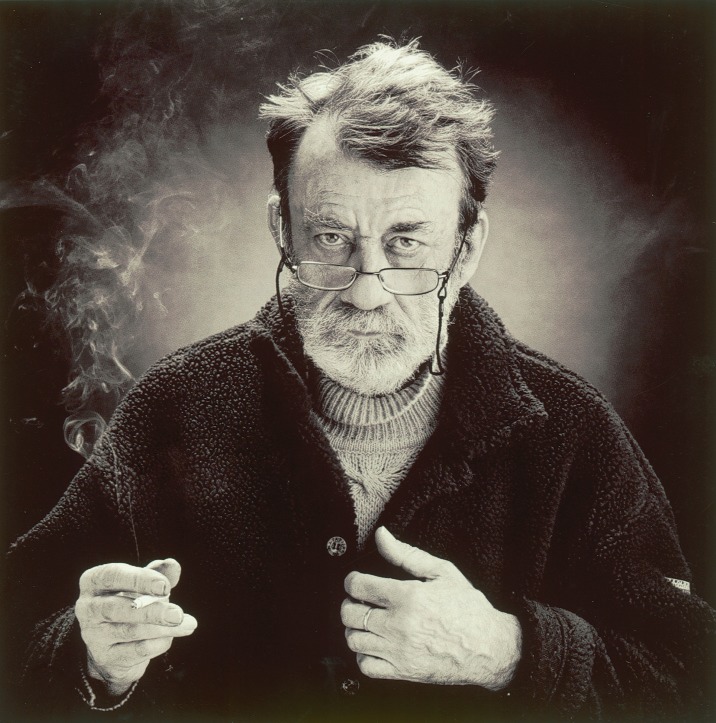
Toni Zuccheri was an Italian animalist, designer and architect. He is known for his collaboration with Venini in the 1960s. During this time, he created colourful series of pets, fish and birds for the brand, as well as organic vases made of polychrome glass combined with ironic style and dynamic shapes. A leading designer for other renowned manufacturers, from Barovier & Toso to Seguso Viro, Zuccheri has written an important chapter in the history of Murano glass, and his work can be found in the collections of prestigious museums worldwide: the Murano Glass Museum, MoMA and Guggenheim in New York, the Occaido Museum in Sapporo and the Metropolitan Tien Art Museum in Tokyo.


Toni Zuccheri was an Italian animalist, designer and architect. He is known for his collaboration with Venini in the 1960s. During this time, he created colourful series of pets, fish and birds for the brand, as well as organic vases made of polychrome glass combined with ironic style and dynamic shapes. A leading designer for other renowned manufacturers, from Barovier & Toso to Seguso Viro, Zuccheri has written an important chapter in the history of Murano glass, and his work can be found in the collections of prestigious museums worldwide: the Murano Glass Museum, MoMA and Guggenheim in New York, the Occaido Museum in Sapporo and the Metropolitan Tien Art Museum in Tokyo.
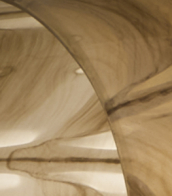

Toni Zuccheri was an Italian animalist, designer and architect. He is known for his collaboration with Venini in the 1960s. During this time, he created colourful series of pets, fish and birds for the brand, as well as organic vases made of polychrome glass combined with ironic style and dynamic shapes. A leading designer for other renowned manufacturers, from Barovier & Toso to Seguso Viro, Zuccheri has written an important chapter in the history of Murano glass, and his work can be found in the collections of prestigious museums worldwide: the Murano Glass Museum, MoMA and Guggenheim in New York, the Occaido Museum in Sapporo and the Metropolitan Tien Art Museum in Tokyo.
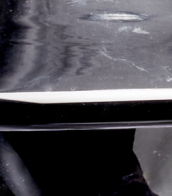

Toni Zuccheri was an Italian animalist, designer and architect. He is known for his collaboration with Venini in the 1960s. During this time, he created colourful series of pets, fish and birds for the brand, as well as organic vases made of polychrome glass combined with ironic style and dynamic shapes. A leading designer for other renowned manufacturers, from Barovier & Toso to Seguso Viro, Zuccheri has written an important chapter in the history of Murano glass, and his work can be found in the collections of prestigious museums worldwide: the Murano Glass Museum, MoMA and Guggenheim in New York, the Occaido Museum in Sapporo and the Metropolitan Tien Art Museum in Tokyo.


Toni Zuccheri was an Italian animalist, designer and architect. He is known for his collaboration with Venini in the 1960s. During this time, he created colourful series of pets, fish and birds for the brand, as well as organic vases made of polychrome glass combined with ironic style and dynamic shapes. A leading designer for other renowned manufacturers, from Barovier & Toso to Seguso Viro, Zuccheri has written an important chapter in the history of Murano glass, and his work can be found in the collections of prestigious museums worldwide: the Murano Glass Museum, MoMA and Guggenheim in New York, the Occaido Museum in Sapporo and the Metropolitan Tien Art Museum in Tokyo.

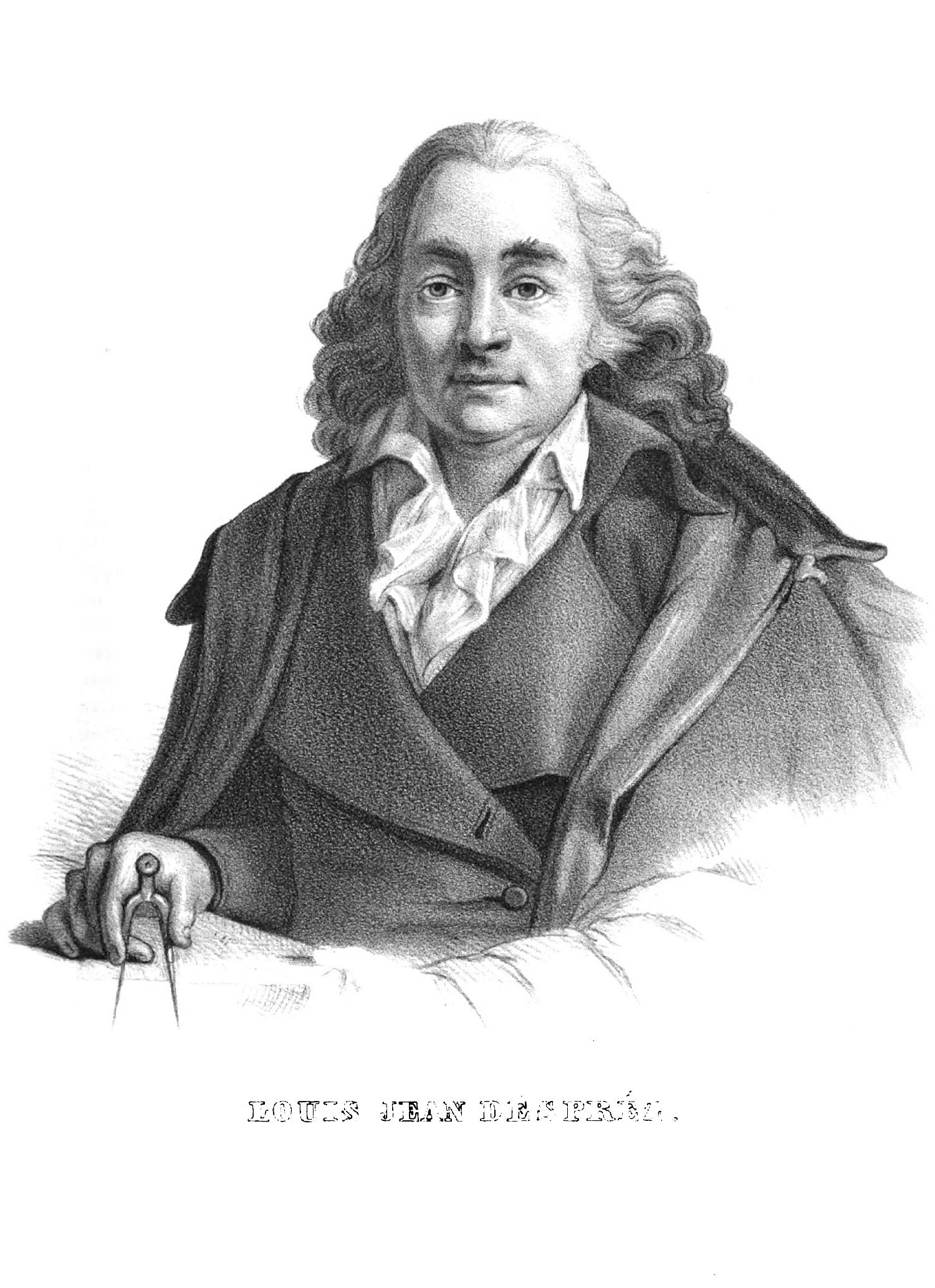

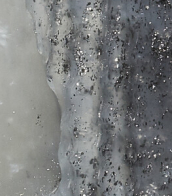
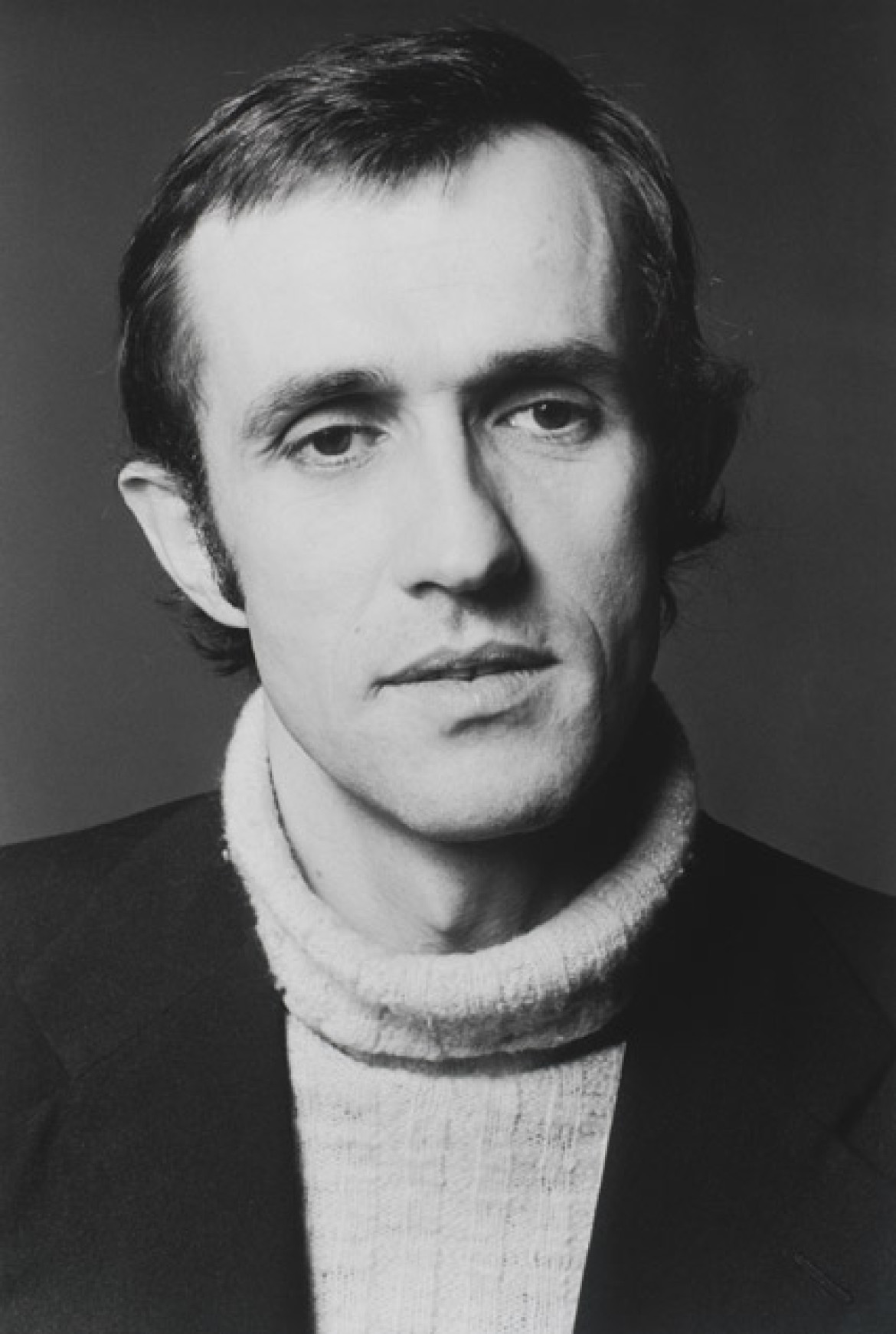
Alighiero Fabrizio Boetti, known as Alighiero e Boetti, was an Italian conceptual artist, considered to be a member of the art movement Arte Povera.
Perhaps best known is Boetti's series of large embroidered maps of the world, called simply Mappa.
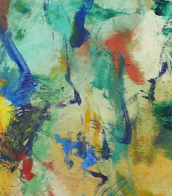
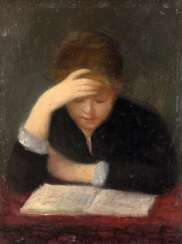

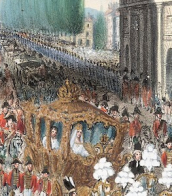
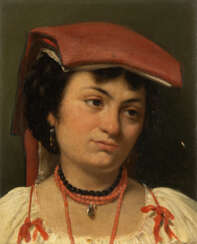

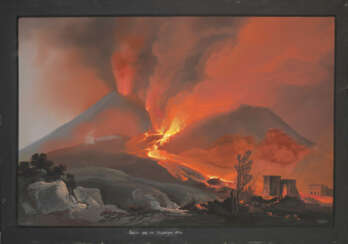

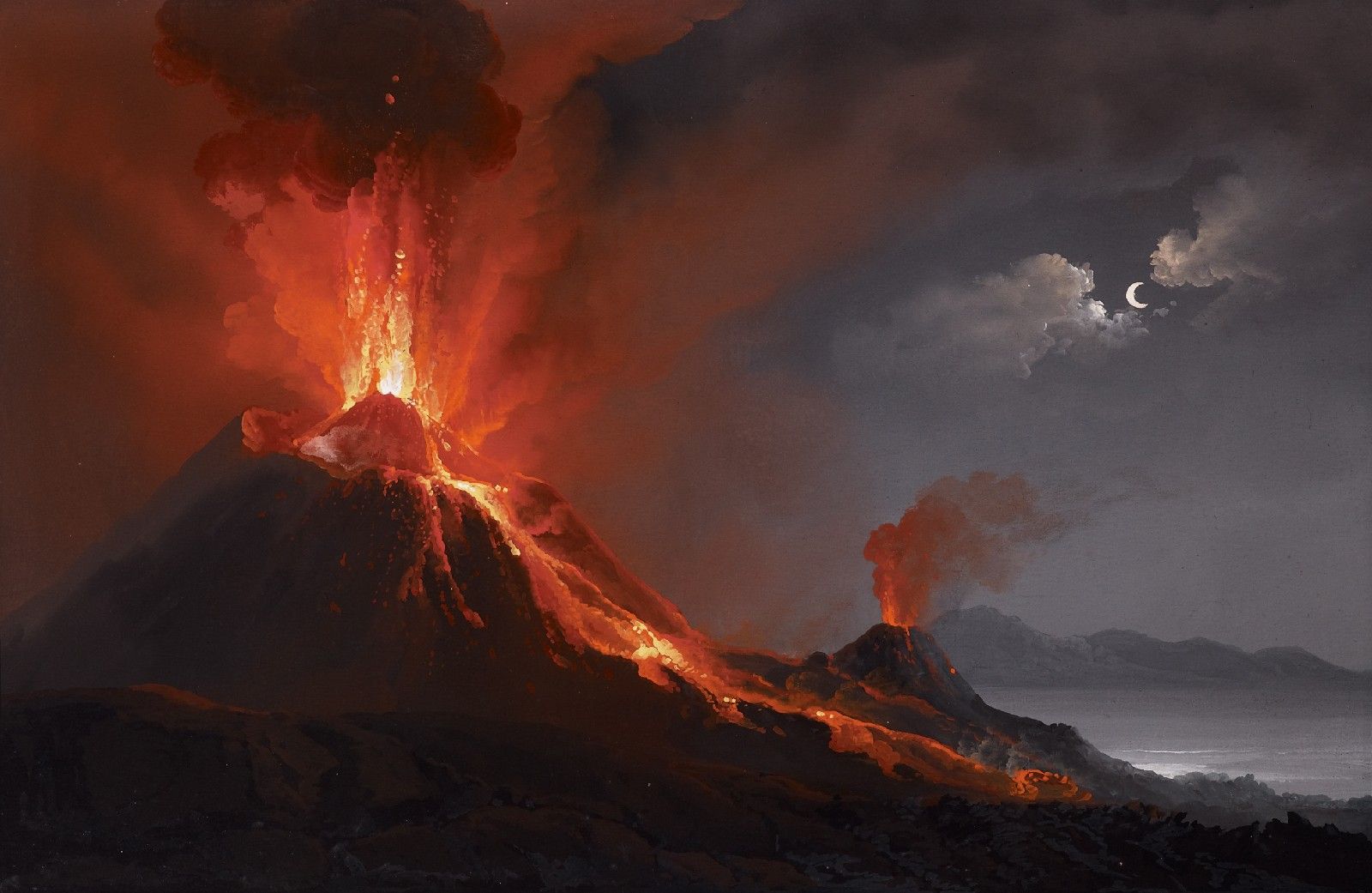

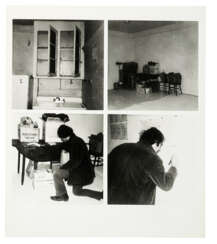

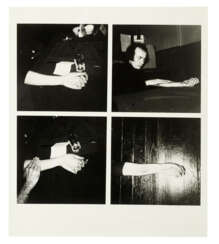



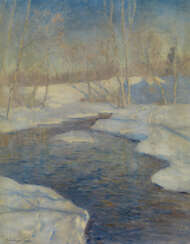

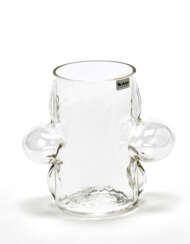

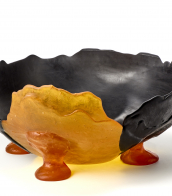
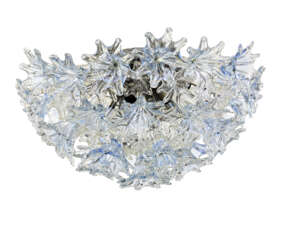

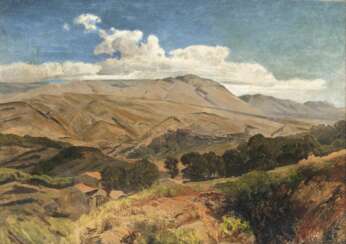



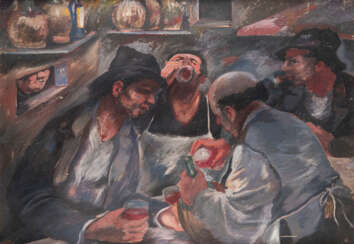

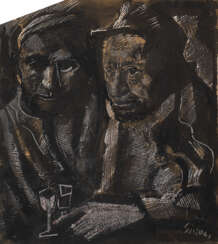

![[DIALETTO] - BONELLI Fortunato - Cenni biografici sul ricevitore di Finanza Giovanni Battista Grossi Bonelli scritti dal di lui figlio Fortunato [CON:] Scherz poetech de Fortunà Bonell. Milano, 1835.](/assets/image/picture_1241977/843a7/yirpvecpcjf2a0murgjyusdu1r02n8py38o8lhvsclra4jxdpl2ynuubqr-umaeg1608650265jpg__fix_374_244.jpeg)
![[DIALETTO] - BONELLI Fortunato - Cenni biografici sul ricevitore di Finanza Giovanni Battista Grossi Bonelli scritti dal di lui figlio Fortunato [CON:] Scherz poetech de Fortunà Bonell. Milano, 1835.](https://veryimportantlot.com/assets/image/picture_1241977/843a7/yirpvecpcjf2a0murgjyusdu1r02n8py38o8lhvsclra4jxdpl2ynuubqr-umaeg1608650265jpg__fix_374_244.jpeg)
